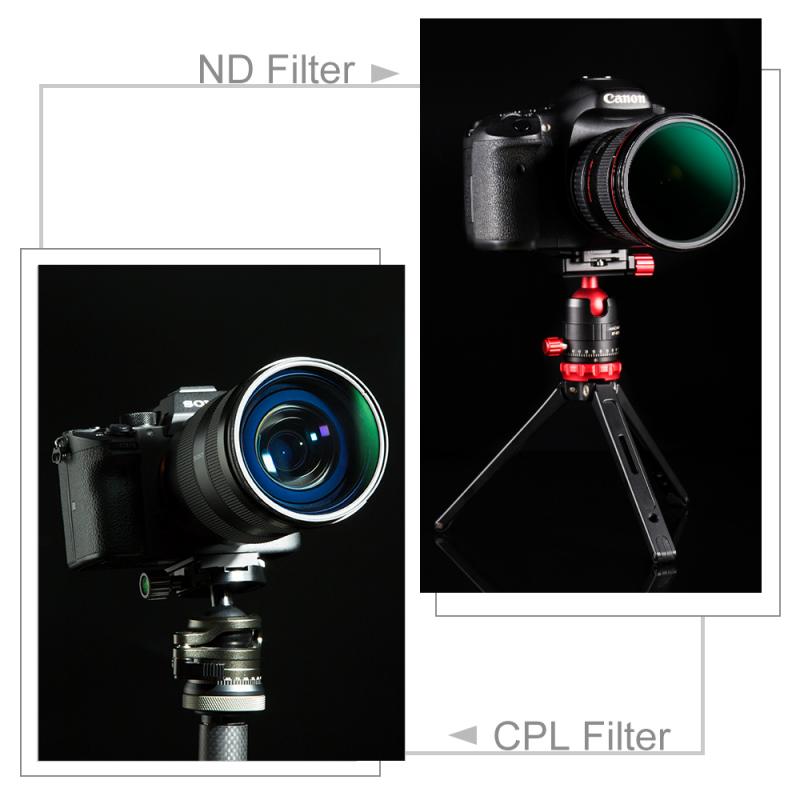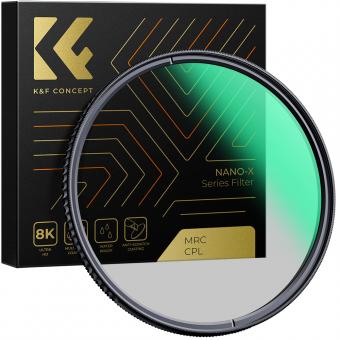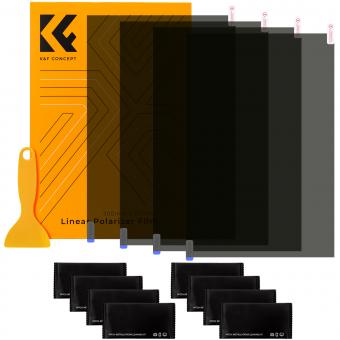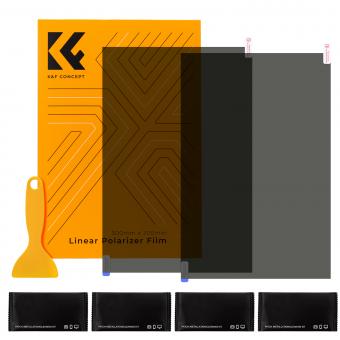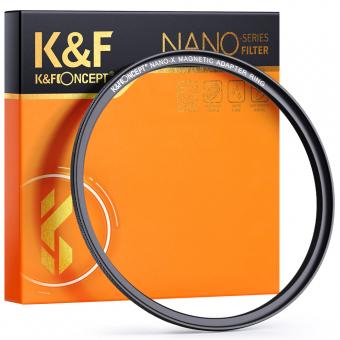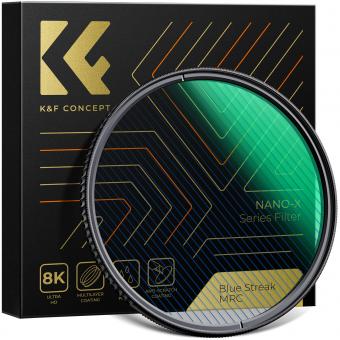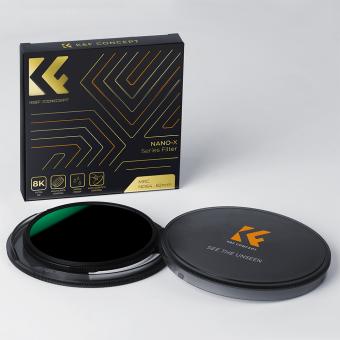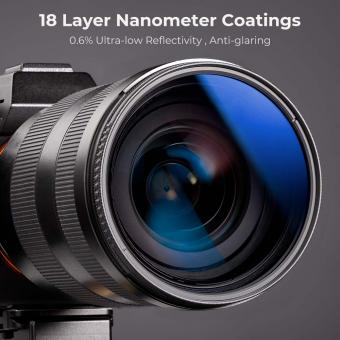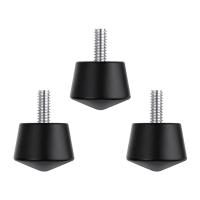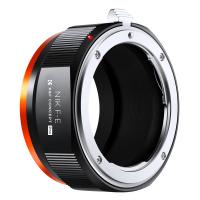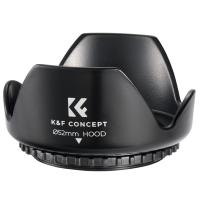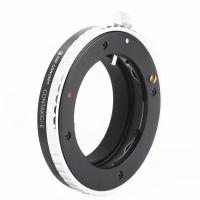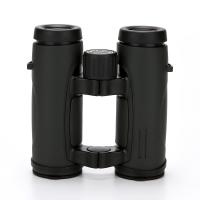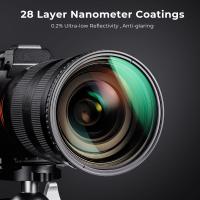Are Polarizing Filters Worth It ?
Polarizing filters can be worth it for certain photography situations. They are commonly used to reduce glare and reflections from non-metallic surfaces such as water or glass, resulting in clearer and more vibrant images. Additionally, polarizing filters can enhance the contrast and saturation of the sky and foliage, making them particularly useful for landscape photography. However, the effectiveness of polarizing filters depends on the angle of the light source and the orientation of the filter, so they may not always produce the desired effect. It is important to note that polarizing filters can also reduce the amount of light entering the camera, which may require longer exposure times or higher ISO settings. Overall, whether polarizing filters are worth it or not depends on the specific photography needs and preferences of the individual.
1、 Enhanced contrast and color saturation in photography.
Polarizing filters are definitely worth it for enhancing contrast and color saturation in photography. These filters work by reducing glare and reflections from non-metallic surfaces, such as water or glass, resulting in clearer and more vibrant images.
One of the main advantages of using a polarizing filter is the ability to deepen the blue skies in landscape photography. By rotating the filter, you can effectively darken the sky, making the clouds stand out and creating a more dramatic and captivating image. Additionally, the filter can also enhance the green tones in foliage, making the colors appear richer and more saturated.
Another benefit of polarizing filters is their ability to reduce reflections on water surfaces. This is particularly useful when photographing bodies of water, as it allows you to see through the surface and capture the details beneath. Whether it's capturing the rocks at the bottom of a river or the colorful fish swimming in a pond, a polarizing filter can help you achieve a clearer and more captivating shot.
Furthermore, polarizing filters can also improve the overall contrast in your images. By reducing unwanted reflections and glare, the filter allows the true colors and details of the subject to shine through. This can be especially beneficial when photographing subjects with shiny surfaces, such as cars or buildings, as it helps to eliminate distracting reflections and create a more visually appealing image.
In conclusion, polarizing filters are definitely worth it for enhancing contrast and color saturation in photography. They provide a range of benefits, including deepening blue skies, reducing reflections on water surfaces, and improving overall contrast. With advancements in filter technology, such as slim designs and multi-coating, polarizing filters have become even more effective and essential tools for photographers.
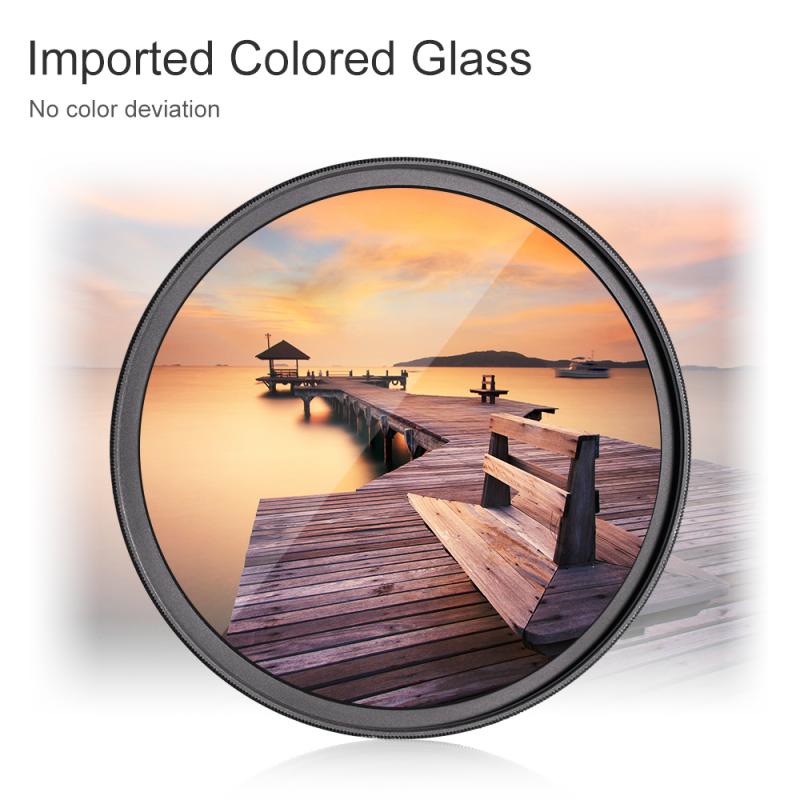
2、 Reduces glare and reflections in outdoor environments.
Polarizing filters are definitely worth it for reducing glare and reflections in outdoor environments. These filters work by blocking certain light waves that are reflected off non-metallic surfaces such as water, glass, and foliage. By doing so, they significantly reduce the amount of glare and reflections that can appear in photographs or when viewing a scene with the naked eye.
When shooting outdoors, glare and reflections can be a major issue, especially in bright sunlight or when photographing water or shiny surfaces. These unwanted reflections can wash out colors, create distracting hotspots, and reduce overall image clarity. By using a polarizing filter, photographers can effectively minimize these issues and capture more vibrant and detailed images.
Moreover, polarizing filters also enhance the saturation and contrast of the scene, resulting in richer colors and deeper skies. This can be particularly beneficial when photographing landscapes or outdoor portraits, as it adds a more visually appealing and dramatic effect to the final image.
In terms of the latest point of view, polarizing filters continue to be highly recommended by professional photographers and enthusiasts alike. While advancements in post-processing software have made it possible to reduce glare and reflections to some extent during editing, using a polarizing filter at the time of capture still provides superior results. Additionally, polarizing filters cannot be replicated or fully imitated in post-processing, making them an essential tool for photographers who strive for the highest quality images.
In conclusion, if you frequently shoot outdoors and want to reduce glare and reflections while enhancing color and contrast, investing in a polarizing filter is definitely worth it. It remains an indispensable accessory for photographers who aim to capture stunning and true-to-life images in outdoor environments.
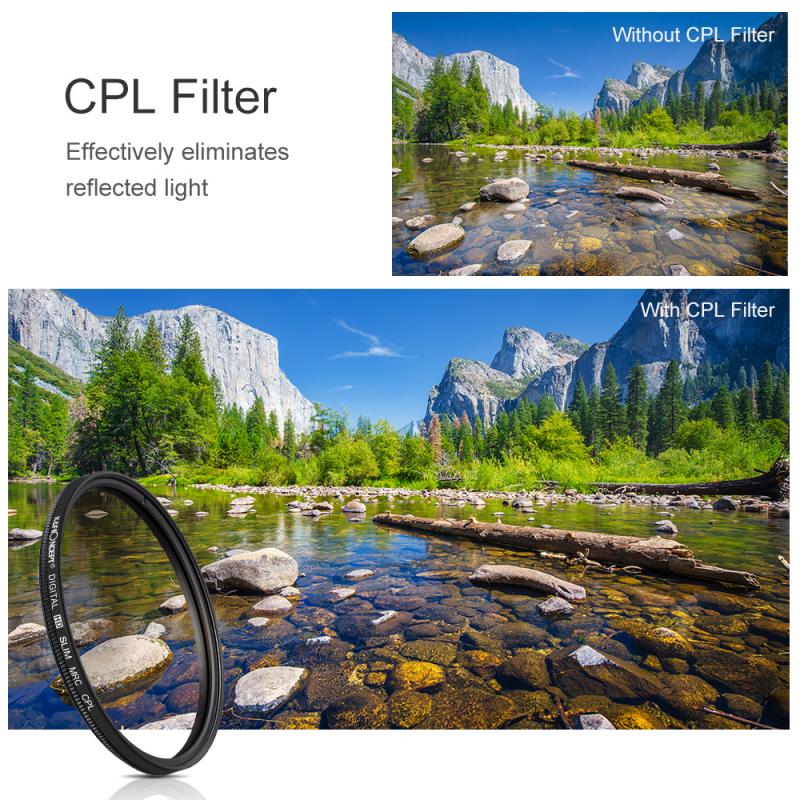
3、 Improves visibility of underwater scenes.
Are polarizing filters worth it? Yes, they are. One of the key benefits of using a polarizing filter is that it improves the visibility of underwater scenes. When shooting underwater, light can be scattered and reflected off the water's surface, resulting in glare and reduced clarity. A polarizing filter helps to reduce this glare and enhance the visibility of underwater subjects.
By selectively blocking certain polarized light waves, a polarizing filter allows photographers to capture more vibrant colors and details in underwater scenes. It helps to eliminate unwanted reflections from the water's surface, allowing the camera to capture the true colors and textures of the underwater environment. This can greatly enhance the overall quality of underwater photographs and videos.
Moreover, polarizing filters can also be used to enhance the visibility of underwater creatures and objects by reducing the haze caused by suspended particles in the water. This can make the subject stand out more prominently and create a more captivating image.
It is important to note that the effectiveness of polarizing filters can vary depending on factors such as water clarity, depth, and the angle of the sun. Additionally, the use of a polarizing filter may require adjustments to exposure settings to compensate for the reduction in light transmission. However, despite these considerations, the benefits of using a polarizing filter for underwater photography are significant and make it a worthwhile investment for photographers looking to capture stunning underwater scenes.
In conclusion, polarizing filters are definitely worth it for improving the visibility of underwater scenes. They help to reduce glare, enhance colors, and eliminate unwanted reflections, resulting in more vibrant and captivating underwater photographs and videos.
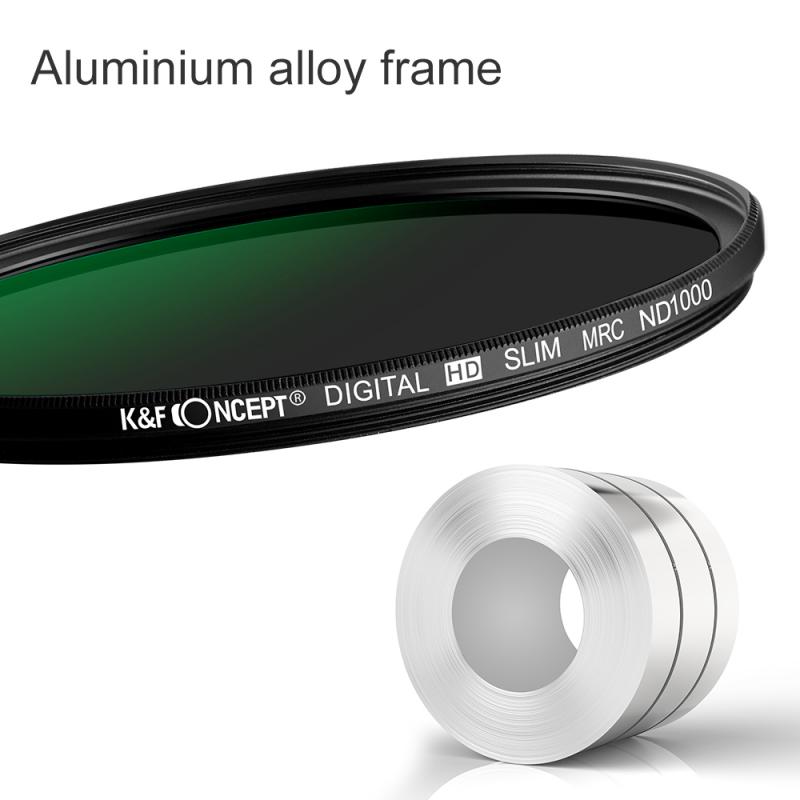
4、 Enhances the appearance of blue skies and white clouds.
Polarizing filters are definitely worth it for photographers who want to enhance the appearance of blue skies and white clouds in their photographs. These filters work by reducing glare and reflections from non-metallic surfaces, such as water or glass, resulting in more vibrant and saturated colors.
When it comes to capturing landscapes or outdoor scenes, a polarizing filter can make a significant difference. By selectively blocking certain light waves, the filter helps to darken the sky, making it appear deeper blue and contrasting beautifully with white clouds. This effect can add depth and drama to an image, creating a more visually appealing composition.
Moreover, polarizing filters can also improve the overall clarity and contrast of a photograph. By reducing unwanted reflections, the filter allows the camera to capture more detail and texture in the scene. This is particularly useful when photographing bodies of water, as it helps to reveal the underlying colors and textures beneath the surface.
While some argue that the same effect can be achieved through post-processing techniques, it is important to note that polarizing filters offer distinct advantages. They allow photographers to capture the desired effect in-camera, reducing the need for extensive editing later on. Additionally, polarizing filters can enhance the overall quality of the image by reducing haze and increasing color saturation, resulting in a more natural and pleasing final result.
In conclusion, polarizing filters are worth the investment for photographers who want to enhance the appearance of blue skies and white clouds in their photographs. They offer unique benefits that cannot be easily replicated through post-processing techniques, and can significantly improve the overall quality and visual impact of an image.
